Latex membranes are vital components in various geotechnical testing applications. Understanding their composition and function can significantly enhance testing accuracy.
Latex membranes are typically made from natural rubber or synthetic latex, providing flexibility and durability. They are designed to create airtight seals around soil samples in triaxial cells, ensuring reliable test results. This material’s properties support a wide range of applications in soil testing.
Transitioning from composition to functionality reveals how these membranes serve essential roles in testing.
What are the Materials of latex membranes?
Latex membranes are primarily composed of two types of materials: natural rubber 1 and synthetic latex 2.
Latex membranes material:
Natural rubber offers excellent elasticity and durability, while synthetic latex can provide greater resistance to chemicals and aging. Both types are commonly used to ensure effective sealing in triaxial tests.
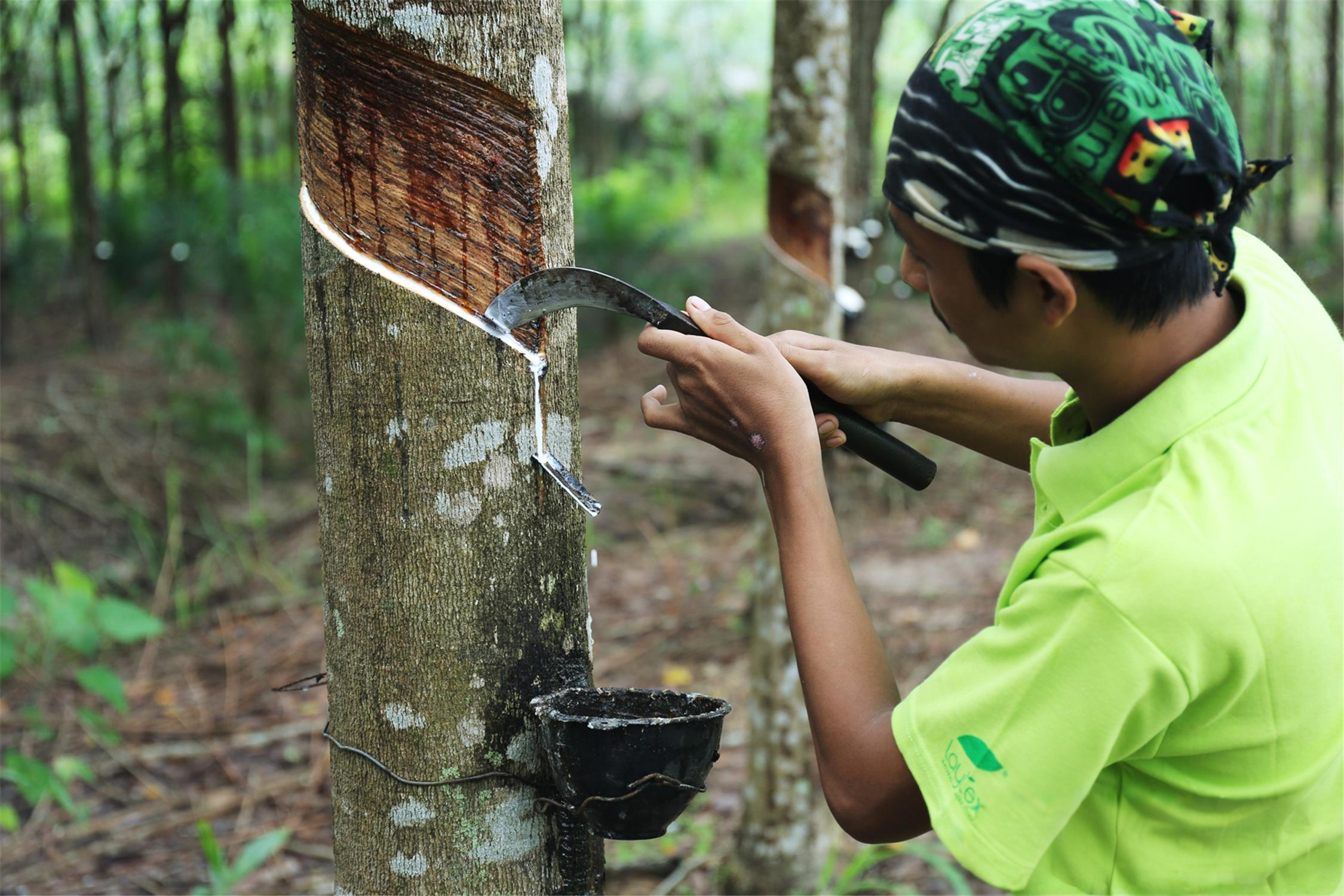
Exploring Natural and Synthetic Latex
Natural rubber latex is harvested from rubber trees and processed to maintain its elasticity and flexibility. This type is favored for its high strength and ability to withstand deformation.
Synthetic latex, on the other hand, is created through polymerization processes, resulting in materials that can be tailored for specific properties like chemical resistance.
Here’s a quick comparison:
| Property | Natural Rubber | Synthetic Latex |
|---|---|---|
| Elasticity | High | Moderate to High |
| Durability | Good | Excellent |
| Chemical Resistance | Moderate | High |
| Aging Resistance | Moderate | Excellent |
Why It Matters
Selecting the right type of latex membrane is crucial for the longevity and accuracy of your tests. For instance, in triaxial tests, natural latex membranes can provide sufficient flexibility, while synthetic alternatives may be necessary when exposure to harsh chemicals is expected.
What is the Purpose of latex membranes?
The primary purpose of latex membranes is to create a sealed environment for soil samples during testing.
Purpose:
Latex membranes prevent fluid leakage and contamination in tests such as triaxial compression 3 and permeability tests 4, ensuring accurate results.
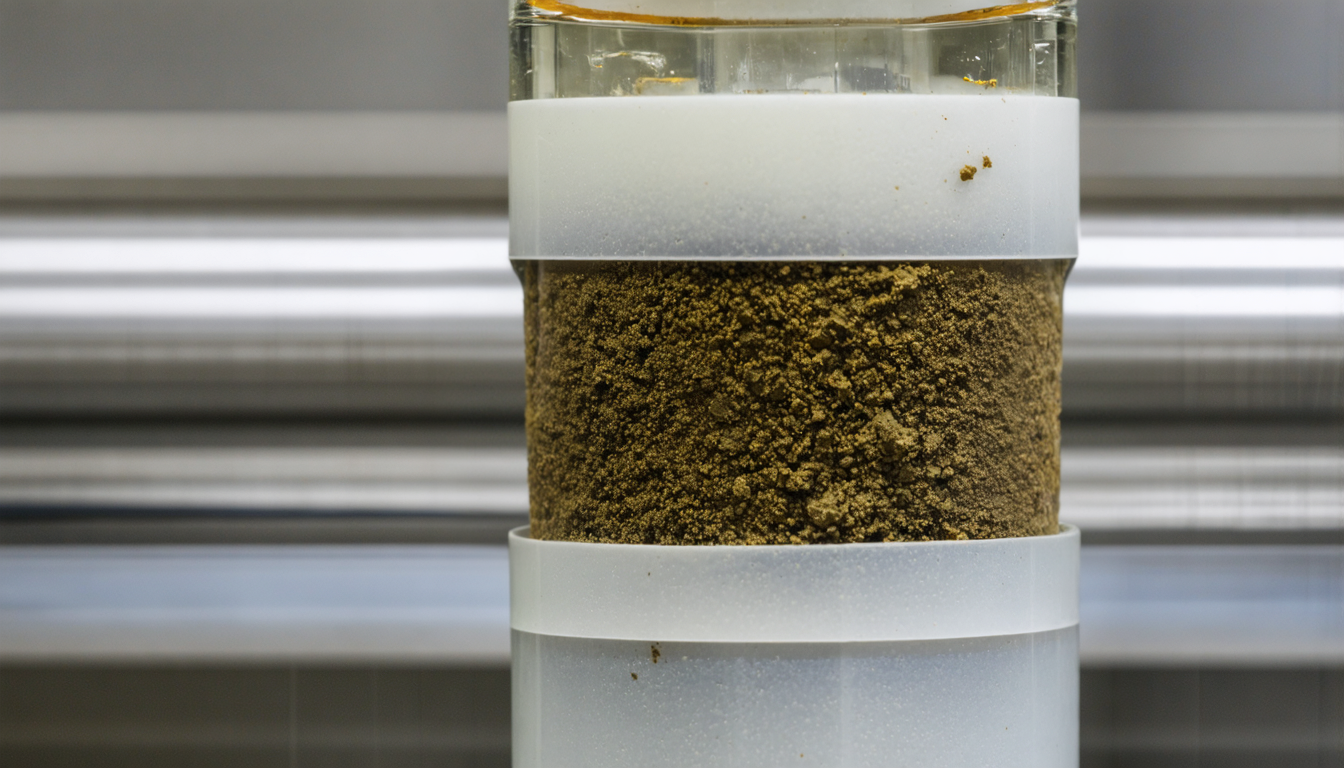
Functionality in Testing
These membranes serve multiple roles in geotechnical testing. When sealing soil samples, they maintain a controlled environment, crucial for effective data collection.
For example, in triaxial tests, the membrane helps simulate in-situ conditions by allowing controlled drainage or saturation of the sample. This accurate replication of field conditions is vital for understanding soil behavior under stress.
Insights into Best Practices
When using latex membranes, ensure proper installation and maintenance to avoid premature failure. Regular inspections can help catch issues early, preserving the integrity of your testing procedures.
What is the popular size of latex membranes used for Triaxial Test?
Common sizes for latex membranes in triaxial tests generally range from 4 to 8 inches in diameter.
Size:
The size of the latex membrane selected should match the dimensions of the triaxial cell 5to ensure effective sealing and testing conditions.
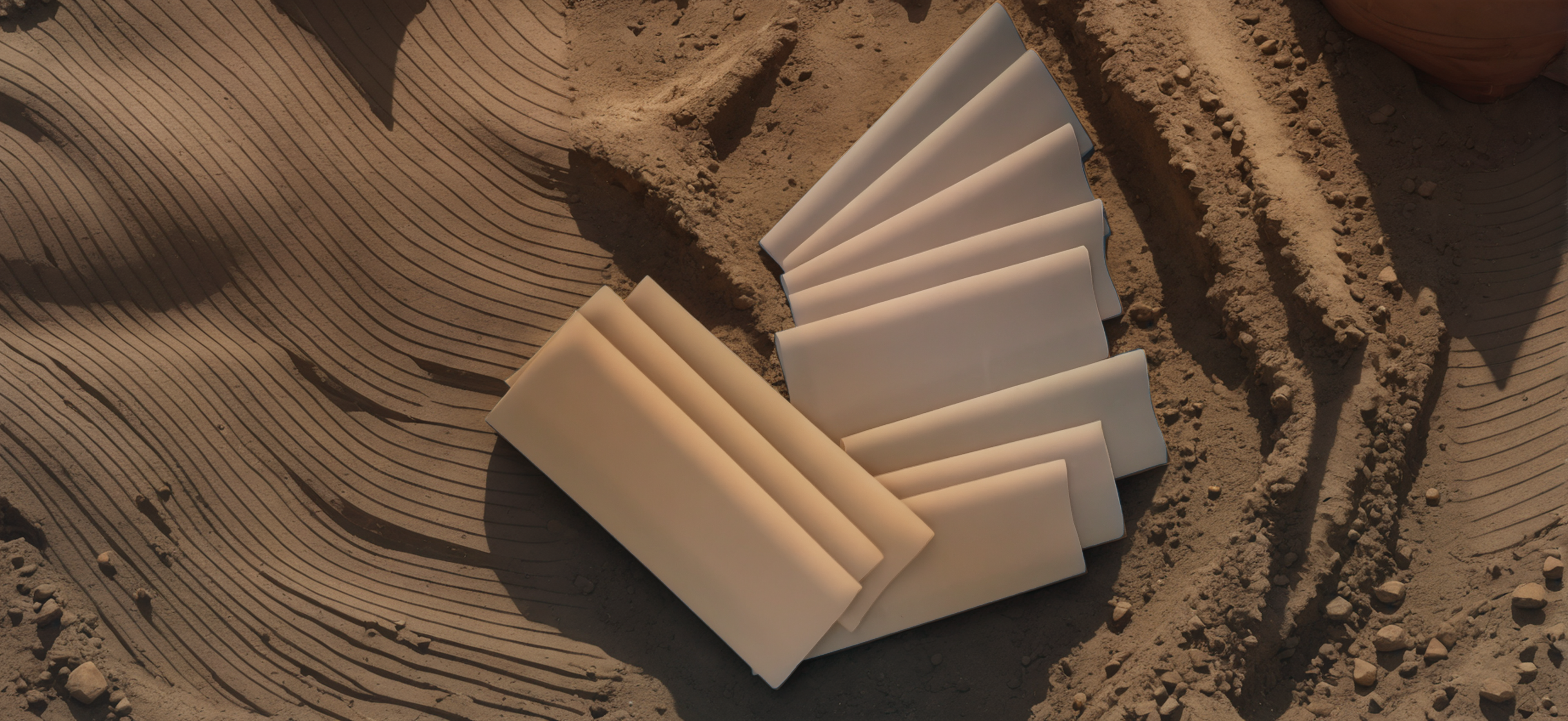
Matching Sizes to Equipment
Selecting the right size of latex membrane is essential for compatibility with your triaxial testing apparatus.
Typically, membranes that are 1.4 to 6 inches in diameter are most popular, allowing them to fit securely within standard triaxial cells.
| Membrane Size | Common Application |
|---|---|
| 1.4-2 inches | Small samples, low-stress tests |
| 2-3 inches | Standard triaxial tests |
| 4-6 inches | Larger samples, high-stress conditions |
Considerations for Custom Needs
Custom sizes can be produced to meet specific experimental requirements. It’s vital to communicate your needs to ensure optimal performance during testing.
What is the Installation of latex membranes?
Installing latex membranes properly is crucial for effective testing.
Installation:
The installation process involves carefully placing the membrane around the sample within the triaxial cell 6,ensuring a tight seal to prevent fluid leaks and maintain sample integrity.
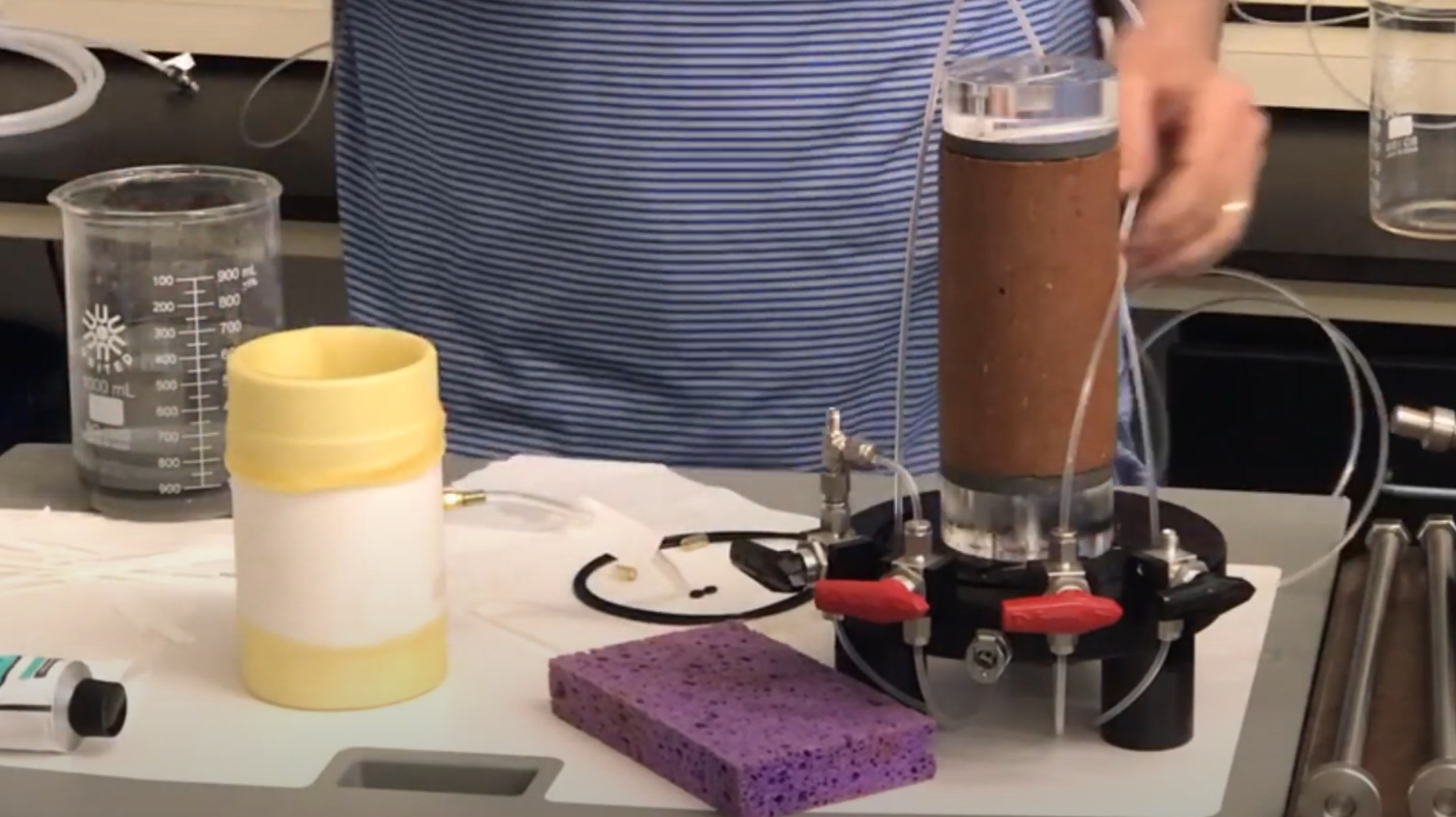
Step-by-Step Installation Process
-
Prepare the Cell: Ensure that the triaxial cell is clean and free from debris.
-
Wrap the Sample: Carefully wrap the latex membrane around the soil sample, ensuring it fits snugly.
-
Secure the Membrane: Use clamps or seals to hold the membrane in place, avoiding any gaps that could lead to leakage.
-
Check for Integrity: After installation, check the membrane for any tears or weaknesses before proceeding with testing.
Key Tips for Success
Always follow manufacturer guidelines during installation, as improper handling can lead to failures during testing. Regular training on installation procedures can enhance accuracy and efficiency in the lab.
Conclusion
Latex membranes are essential for precise geotechnical testing, offering durability and flexibility for reliable results.
-
This link will provide in-depth information about natural rubber’s characteristics, enhancing the understanding of its benefits in latex membranes. ↩
-
This link will give insights into the production process and various applications of synthetic latex, contributing to a better grasp of its advantages in sealing applications. ↩
-
This link will provide comprehensive information about triaxial compression testing, highlighting why latex membranes are crucial for accurate results in this process. ↩
-
This link will offer insights into permeability testing methods, demonstrating the role of latex membranes in preventing contamination and ensuring precise measurements. ↩
-
This link will help clarify the specifications of triaxial cells, aiding in understanding why membrane size compatibility is crucial. ↩
-
This link will provide detailed procedures for preparing triaxial cells, ensuring proper installation of latex membranes for accurate testing. ↩

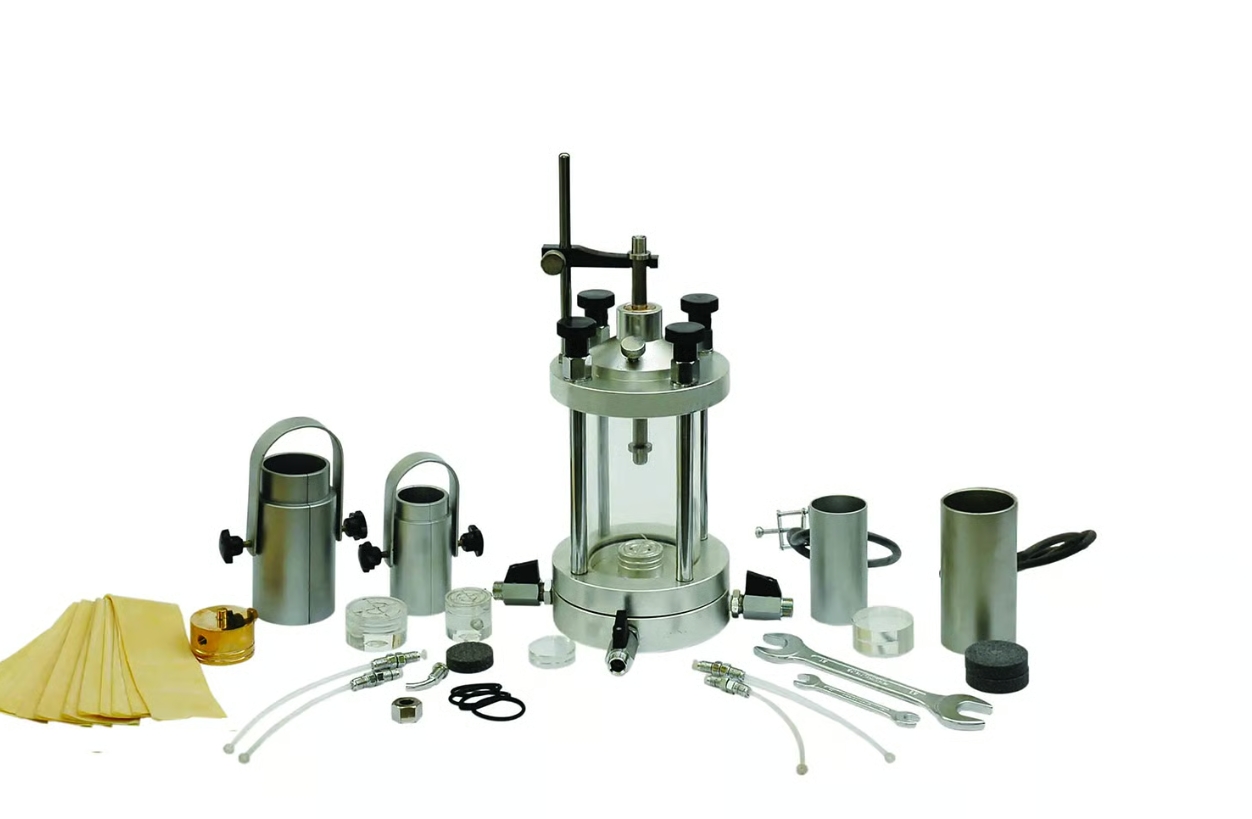
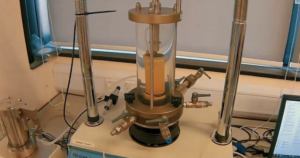
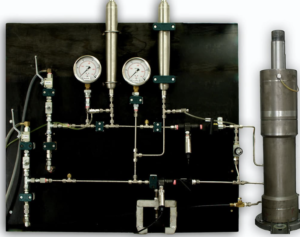
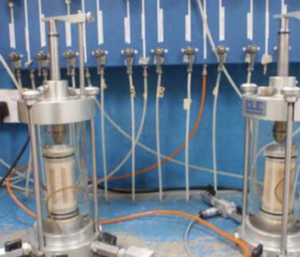
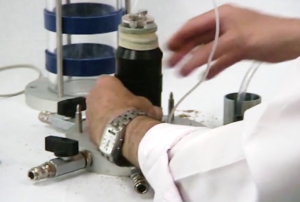
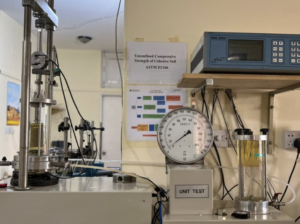


7 Responses
It’s very useful
Great step-by-step guide! Proper installation really makes a difference in test accuracy. Has anyone tried using different types of membranes for varying soil samples?
Great insights on latex membranes! Their role in ensuring accurate geotechnical testing is vital. The material comparison and installation tips are particularly helpful. Thanks for sharing!
This isn’t just something to read — it’s something to return to, like a favorite place.
Thanks for you like our website.